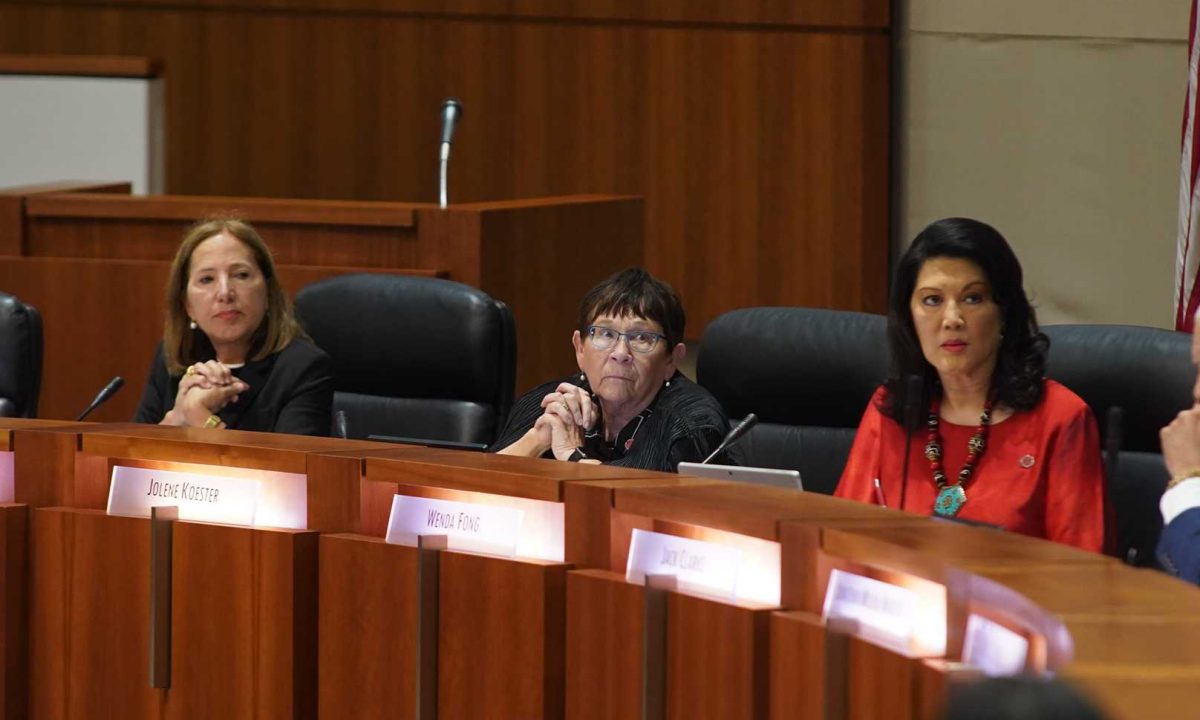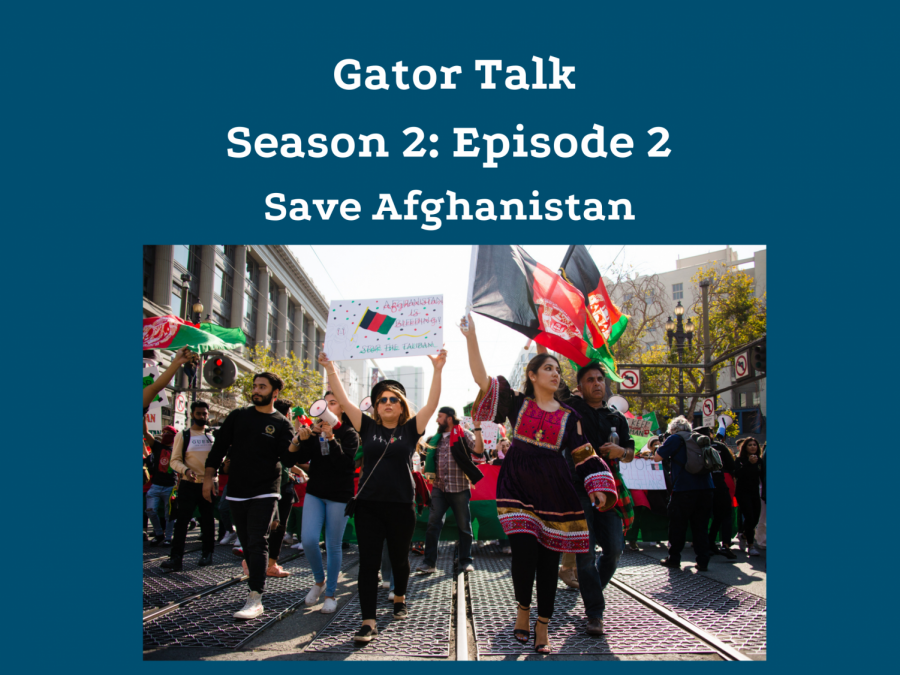It has been nearly two months since the unsolved murder of SF State alumnus Shane Colombo. More than 2,132 miles apart, Colombo’s fiance Vincent Perez resided in San Francisco, the city where the two first fell in love, when the news first broke of Colombo’s death. Four hours after arriving in Chicago to pursue his educational career, the young scholar was shot and killed. Perez never got the chance to say goodbye to his soon-to-be husband.
Haunted by his unexpected death, Perez began a daily series of videos on his Instagram page to document his process of coping without Colombo every day.
“I wanted to show I was OK without having to text millions of people every day,” Perez said. “To lose the love of my life who I met in college and who I was supposed to marry and start this life with […] it’s devastating.”
In 2012, Colombo and Perez embarked on life after graduating from SF State with the hopes of remaining together as each commenced their new careers. Video communication was how the two stayed in contact for the past six years apart and had since become an outlet of grief for Perez.
“Someone told me that it would be best to start a diary, but I don’t like to write or keep thoughts on paper,” Perez said. “Videos help me figure out the next steps on how to go on. Taking a moment to do those videos is kind of like prayer at this point, acknowledging and explaining what I want or how I’m feeling to feel solace.”
Despite the possibility of never finding Colombo’s killer, Perez decided to leave everything behind in San Francisco, sought out the life Colombo left behind in Chicago and continued it.
In a Chicago Sun-Times analysis of police data, only 17 percent of murders were solved this past year, which perpetuates the gun violence epidemic in Chicago, the deadliest city for consistent killings in U.S. history. Although Colombo was caught in the wrong place at the wrong time, this type of situation has only become a norm for people in Chicago and communities closer to home.
Ceasefire Richmond, a community organization in Richmond, California, was created to support the Bay Area community in reducing gun violence and has also become a hub for families of victims and shooters to collaborate with police officials. After losing her nephew to gun violence in 2011 and getting involved in Ceasefire, Dewanda Joseph began a support group known as Ya-NEEMA Healing Circle and Supportive Services in Richmond.
“It’s a holistic approach and place for people who are comfortable to talk with people who have had their experiences,” Joseph said. “Everyone who comes has a child or spouse lost from gun violence, they’re from different backgrounds, race and ethnicities, and different social economical levels, which is really great to have such a rich blend of people.”
Joseph shares the group’s grief. Regardless if they’re coping with an accidental killing or a premeditated murder, everyone has their own time frame of walking through that process.
“The world doesn’t want to hear about our grief; the world doesn’t care to hear about a lot of the violence that our communities are suffering,” Joseph said. “Nobody wants to hear about it following a year, so people in this city just go back to what we call that ‘new normal.’”
“That’s why I started this support group because I remembered that my family members have not gotten over it, every time my nephew’s birthday comes or holidays […] it just doesn’t pass easily.”
In 2018, more than 11,670 deaths resulted from gun violence, according to the gun violence archive of 2018. With the output of gun violence and mass shootings in recent years, trauma and a sense of insecurity in the world has put many on edge. But for the families who have lost a loved one to gun violence, the grieving process can be a lot worse.
“Grief is not a linear experience where it gets a bit better day by day. It is more of a roller coaster,” said Ellen Roese, a licensed Clinical Social Worker in Redondo Beach, California. “As time passes, the ups and downs become less intense and less frequent. People who have not experienced a significant loss do not realize how slow the healing process is.” Roese has worked with various patients in the past and explained the grief process is different for everyone.
William Worden, author and Fellow of the American Psychological Association, wrote about the four tasks of mourning people go through after experiencing the loss of a loved one: to accept the reality of the loss, to work through the pain and grief, to adjust to an environment in which the deceased is missing and to finding an enduring connection with the dead while embarking on a new life.
Advice Joseph offers to her support group includes what she calls the “survivor’s grief bill of rights.” The best support anyone can offer a person going through the grieving process is to listen to the individual.
“I had a friend hold my hand and that was the most beautiful thing because I was honest and I could actually ask for what I needed at that moment,” Perez said.
With his recent experience in grief, Perez said the grieving process is neither positive nor negative. To grieve after the loss of a loved one never ends, and he expressed it’s similar to putting on your favorite sweater.
“You put it on and then you keep wearing it, and as you wear it, it fits you a little differently,” Perez said. “It hugs you a certain way, or the arms are a little looser. That’s how grief is. It will change, it will either feel better or feel worse, or you’ll feel like you need to adjust it in some way. But grief never ends, it just changes.”










